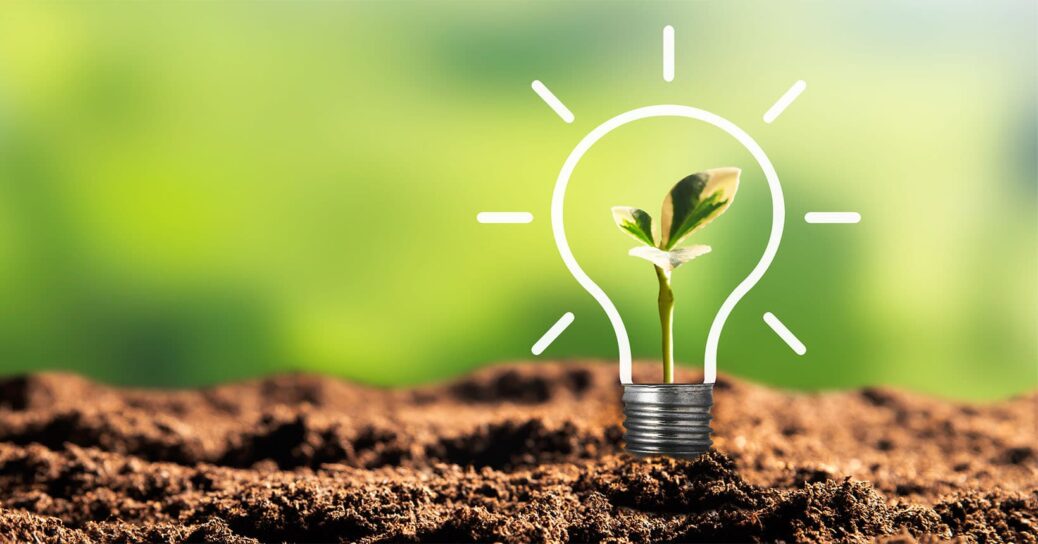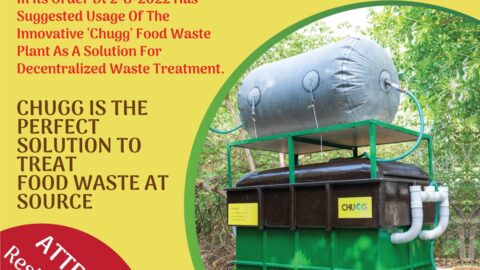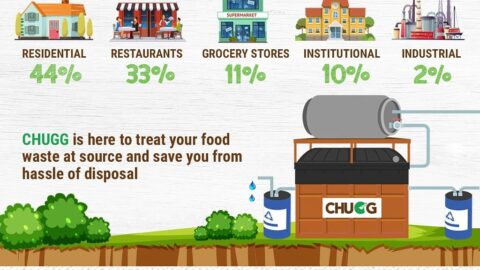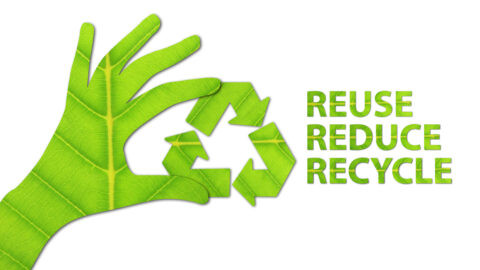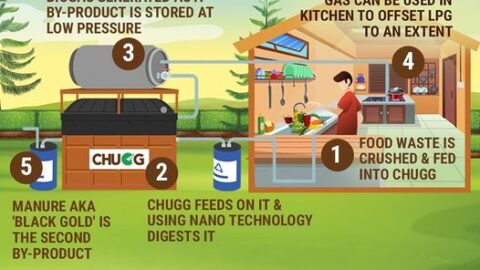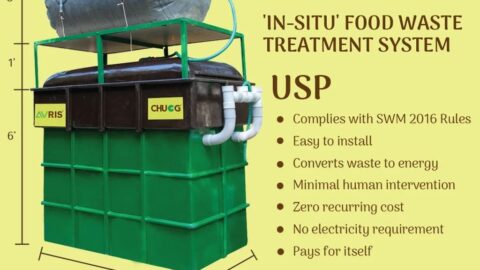In an era where climate change is knocking on our doorstep, understanding the intricate web of greenhouse gas emissions is not just a necessity but a responsibility. While we’re well aware of the usual suspects like industrial emissions and car exhaust fumes, it’s time to shine a spotlight on some rather unsuspecting sources of greenhouse gasses that quietly play a role in the climate crisis. This in-depth article will take you on a journey through these surprising contributors, unravel their environmental impact, and provide comprehensive solutions to address them. So, fasten your seatbelts, and let’s embark on this eco-friendly exploration.
Navigating the Greenhouse Gas Landscape
Greenhouse gasses, the culprits behind global warming and climate change, are a hot topic of discussion in our warming world. We’re all too familiar with carbon dioxide (CO2) and methane (CH4), but there’s more to this story. Let’s delve into the lesser-known greenhouse gas contributors that deserve a moment in the spotlight.
The Usual Suspects: Identifying Major Greenhouse Gas Emission Sources
Before we explore the lesser-known players, let’s briefly touch on the heavyweights in the world of greenhouse gas emissions. Power plants, transportation, and industrial processes take center stage, accounting for the lion’s share of greenhouse gas emissions.
Livestock Farming: The Methane Mystery and How We Can Farm Greener
Would you believe it if we told you that your cheeseburger is part of the problem? Livestock farming, especially cattle, is a surprising source of methane emissions, thanks to digestive processes. But fret not; we’ve got solutions involving greener farming practices and nifty methane-capturing devices.
Solution: Revolutionizing feeding practices and championing widespread methane-capturing devices.
Rice Cultivation: Unveiling the Marshy Methane Maker and Sustainable Farming Practices
Rice, a dietary staple for billions, holds a secret environmental cost. Flooded rice paddies produce methane, a powerful greenhouse gas. The good news is that sustainable rice farming practices, like alternate wetting and drying techniques, can significantly curb these emissions.
Solution: Promoting sustainable farming techniques, like alternate wetting and drying.
Landfills: Methane From the Depths and the Rise of Advanced Waste Management
Ever wondered what happens to your trash once it’s buried? Landfills churn out methane as organic waste decomposes without oxygen. But fear not; advanced waste management techniques, including methane capture systems and waste reduction, are on the rise.
Solution: Embracing advanced waste management techniques, including methane capture systems and waste reduction.
The Role of Food Waste in Greenhouse Gas Emissions
Food Waste in Landfills
You might be surprised to learn that food waste left to decompose in landfills is a significant contributor to greenhouse gas emissions. As food breaks down in these sites, it releases methane, a greenhouse gas that’s even more potent at trapping heat than carbon dioxide.
Methane Production
Methane is a natural byproduct of decomposition in low-oxygen conditions. Landfills provide the perfect anaerobic environment for methane production, making them a significant contributor to global warming.
Solution: CHUGG-in situ: A Game-Changing Solution
Let’s talk about a game-changer: CHUGG-in situ. It’s a cutting-edge food waste treatment system that tackles methane emissions resulting from food waste decomposition. This system offers a sustainable and eco-friendly alternative to traditional landfill disposal.
CHUGG-in situ employs anaerobic digestion to break down food waste, capturing methane in the process. The captured methane can then be used as a clean energy source, reducing our carbon footprint.
Benefits for Reducing Greenhouse Gas Emissions
By diverting food waste from landfills and capturing methane emissions, CHUGG-in situ plays a pivotal role in significantly reducing greenhouse gas emissions. This innovative system is a crucial weapon in our battle against climate change.
Natural Gas Leaks: The Silent Saboteurs and Our Battle Plan for Monitoring
While natural gas is considered a cleaner energy source, leaks from production and distribution pipelines pose a sneaky threat. The remedy? Strengthening infrastructure and ramping up monitoring efforts to keep those leaks in check.
Solution: Fortifying infrastructure and implementing rigorous monitoring for leak prevention.
Deforestation: Trees, Climate Change, and the Urgent Need for Reforestation
Deforestation might not surprise you, but its impact on greenhouse gas levels might raise an eyebrow. Trees are the Earth’s carbon custodians, and their removal releases stored carbon. Reforestation initiatives are essential to combat this effect.
Solution: Launching large-scale afforestation and reforestation initiatives
Permafrost Thaw: The Arctic’s Whispered Warning and Our Scientific Shield
As the Arctic region warms, permafrost begins to thaw, releasing methane in the process. This creates a concerning feedback loop that accelerates climate change. The solution? Continuous monitoring and scientific interventions to keep the thaw at bay.
Solution: Investing in continuous monitoring and permafrost restoration projects.
The Air Travel Paradox: Jetsetting Emissions and the Sustainable Flight Path
Air travel, while a marvel of modern convenience, is a significant emitter of greenhouse gasses due to jet fuel combustion. We’re charting a sustainable flight path with innovations like sustainable aviation fuels and robust emission offset programs.
Solution: Pioneering sustainable aviation fuels and robust emission offset programs.
The Fashion Industry: Stylish Sustainability and the Rise of Ethical Fashion Choices
Fashionistas, take note! The fashion industry boasts a more substantial carbon footprint than you’d imagine. From textile production to the culture of fast fashion, it’s time to embrace stylish sustainability through sustainable materials and ethical fashion choices.
Solution: Supporting the use of sustainable materials and empowering consumers to make ethically sound fashion choices
Conclusion: Joining Hands Against Unseen Emission Agents
Understanding and addressing these surprising contributors to greenhouse gas emissions is not just an environmental responsibility but a shared human endeavor. While some solutions demand systemic changes, individual choices wield immense power in reducing emissions.We can all work together to make the future brighter and more sustainable.

